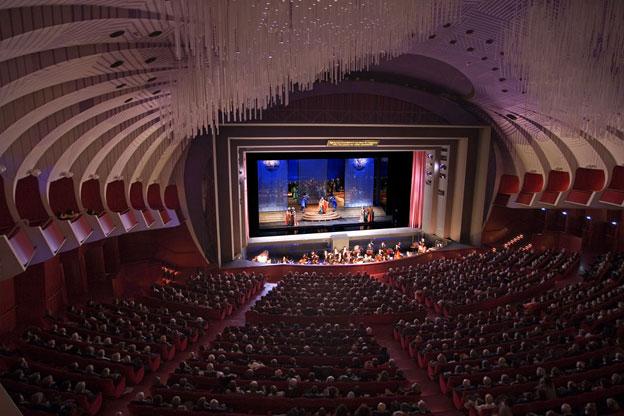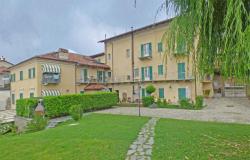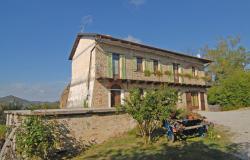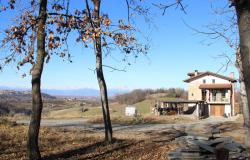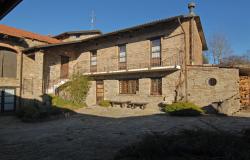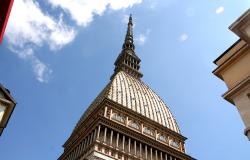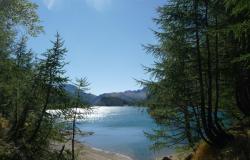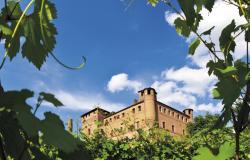Turin’s Teatro Regio (Royal Theatre) has its origins in the 18th century, when the Duke of Savoy, Victor Amadeus II of Sardinia, commissioned a grand new theatre as part of plans to revamp the city centre. The theatre went on to stage premieres of works by leading composers including Giacomo Puccini. After the theatre was razed to the ground in a fire in the 1930s, it took almost 40 years for it to be rebuilt, and the theatre as it stands today opened in 1973.
The Teatro Regio is a huge complex with spaces for conferences and exhibitions as well an auditorium to staging concerts, operas, plays and ballets, and screen films. Its total area is equivalent to that of 8.5 soccer pitches and it has the second largest stage in Europe.
The central body of the theatre is distributed across nine floors. The foyer is spread over four levels. It includes the Foyer del Toro, which has a large marble mosaic in the centre depicting the figure of a bull, which is the symbol of the city and the theatre. The Sala Maria Callas lies adjacent to the Foyer del Toro and contains a relic from the old theatre in the shape of a small marble hearth that heated the royal box.
The auditorium seats 1,582, mostly distributed in the stalls and the rest in a ring of 31 boxes. The décor is modern, with beechwood panel walls, red velvet upholstery and a spectacular chandelier formed by a set of 1,900 prismoidal Perspex stems of various lengths, positioned in a triangle around 1,762 aluminium tubes, each holding a light bulb. For those seeking to experience performances in a more intimate atmosphere, the complex also contains the Piccolo Regio Puccini theatre that seats 380 people.
During September to July, guided tours of the foyer, hall, technical structures and archives take place at 3.30pm from Tuesday to Friday and 11am and 3.30pm on Saturdays.
Where: Teatro Regio di Torino, 215 Piazza Castello, 10124 Turin, Piedmont
Website: http://www.teatroregio.torino.it/
